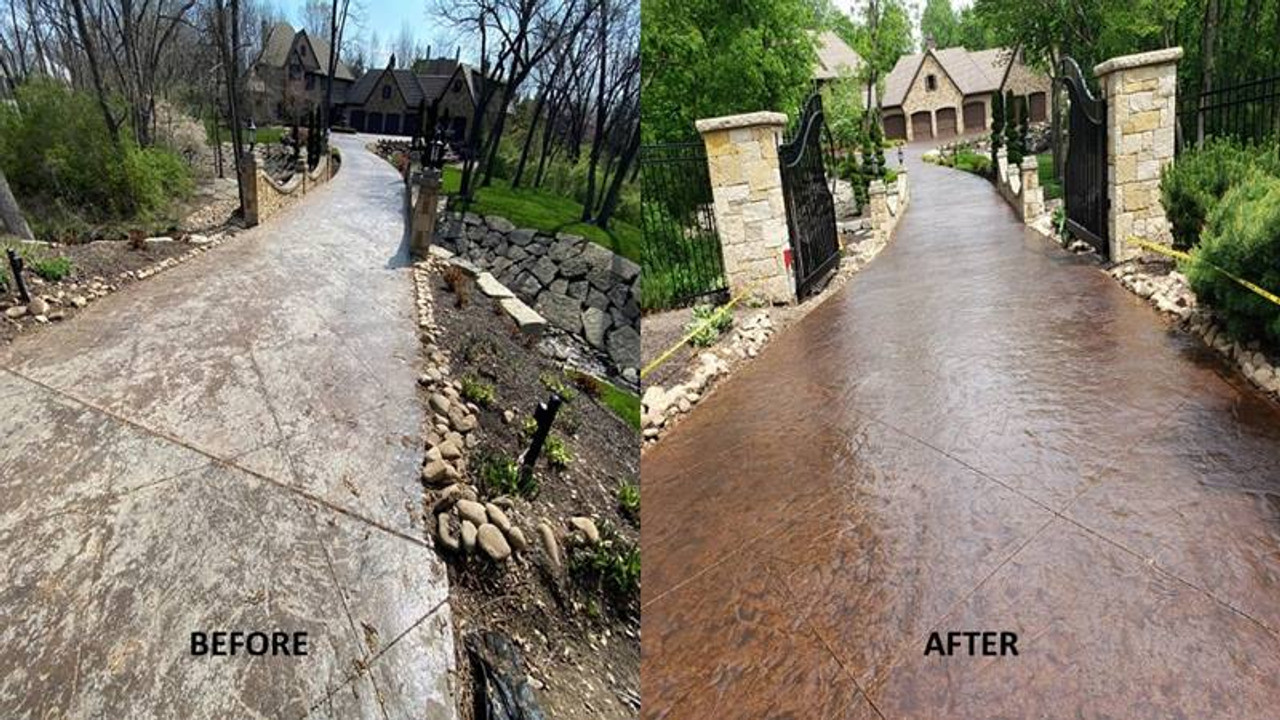Stamped, colored, decorative concrete has become so popular that almost everyone has at least some concrete that is colored - a patio, entry, walkway, pool deck, etc. We get many questions asking us how to bring back the color and shine. When stamped concrete is installed it is beautiful, colorful, shiny and a joy for the homeowner. However, most people do not realize that regular maintenance is required to keep it looking that way. They also do not realize how expensive it is to replace stamped concrete (at least double the cost of plain concrete) so it is imperative that stamped concrete be maintained.
Today we are going to talk about how to inspect your stamped concrete and then what needs to be done to keep that expensive piece of concrete beautiful. Just like we talked about a couple of weeks ago - stamped concrete needs to be inspected at least annually to find and stop any problems before they become a major replacement nightmare.
The single most important thing to do with stamped concrete is to keep the sealer in good shape. Stamped concrete is almost always colored and the sealer is applied to protect the concrete but also to protect the color. Once the sealer starts breaking down the color becomes vulnerable to deterioration. If the color deteriorates, then it becomes a major task to rejuvenate the stamped concrete.
More people worry about cleaning and sealing stamped decorative concrete because when the sealer starts to deteriorate, the beauty of the concrete is compromised. It LOOKS like it needs restoration so people take care of it. Your concrete driveway has no such obvious way of crying out to you that it needs to be cleaned and sealed also. It LOOKS the same, year after year, UNTIL it starts pitting or develops cracks. Then people look at it and do something. Concrete breaks down slowly INSIDE as the water freezing inside breaks down the cell walls. Only after significant damage has been done does the damage appear on the surface where people can see it. Sort of like certain diseases inside the human body – diabetes, heart disease, etc. Don’t wait until your concrete LOOKS like it needs help – be proactive and diagnose the illness before it becomes a major disease. An ounce of prevention is worth a pound of cure. Small dollars spent on maintenance early on will prevent major expenditures including replacement later.

